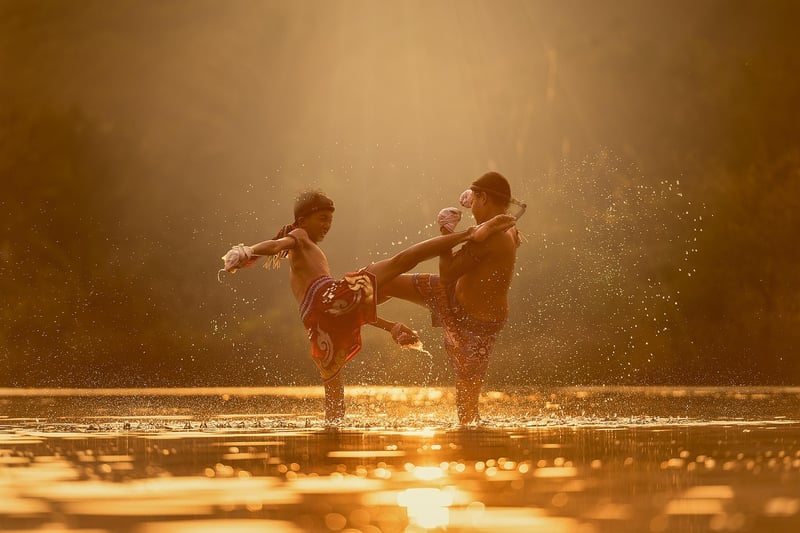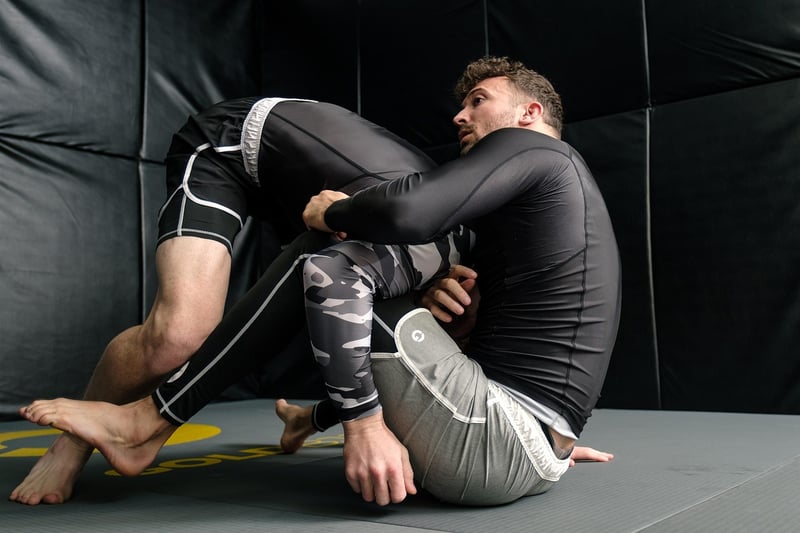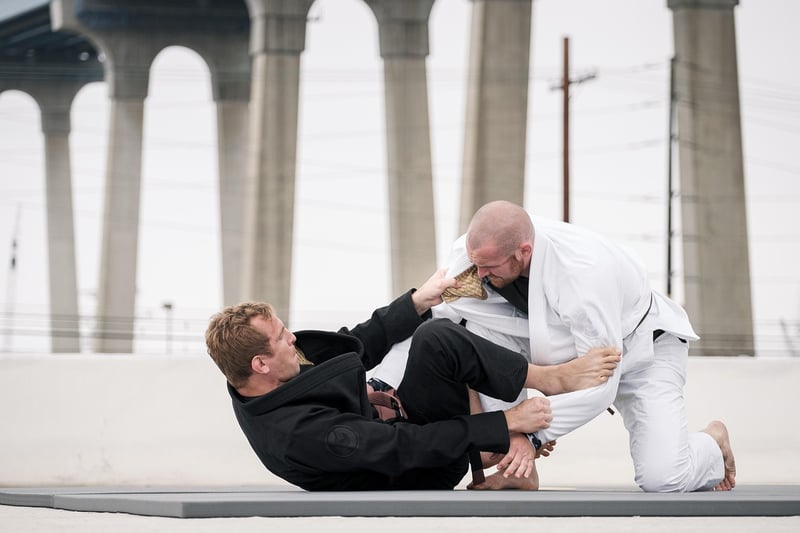Jiu-Jitsu
The Art of Jiu-Jitsu: A Comprehensive Guide to Combat and Self-Defense

Introduction to Jiu-Jitsu
Jiu-Jitsu, also known as Brazilian Jiu-Jitsu (BJJ), is a martial art and combat sport that focuses on grappling and ground fighting techniques. It emphasizes leverage, joint locks, and chokeholds to control and submit opponents, making it an effective form of self-defense.
The Benefits of Learning Jiu-Jitsu
- Improves physical fitness and flexibility
- Enhances self-confidence and discipline
- Teaches practical self-defense skills
- Promotes mental sharpness and problem-solving
- Fosters camaraderie and teamwork
Key Principles of Jiu-Jitsu
Jiu-Jitsu is based on the following fundamental principles:
- Position before submission
- Effective use of leverage and technique over strength
- Constant movement and fluidity
- Adaptability to different body types and situations
Self-Defense Applications of Jiu-Jitsu
Learning Jiu-Jitsu can empower individuals to defend themselves in real-life situations. By mastering techniques such as escapes, sweeps, and submissions, practitioners can neutralize and control attackers without relying on striking or weapons.
Training in Jiu-Jitsu
To excel in Jiu-Jitsu, consistent training and practice are essential. This includes drilling techniques, sparring with partners of varying skill levels, and participating in competitions to test skills under pressure.
Conclusion
Whether you are interested in self-defense, physical fitness, or the art of combat, Jiu-Jitsu offers a holistic approach to personal development. By honing your skills in leverage, technique, and control, you can navigate challenging situations with confidence and resilience.
Begin your Jiu-Jitsu journey today and discover the transformative power of this ancient martial art!

